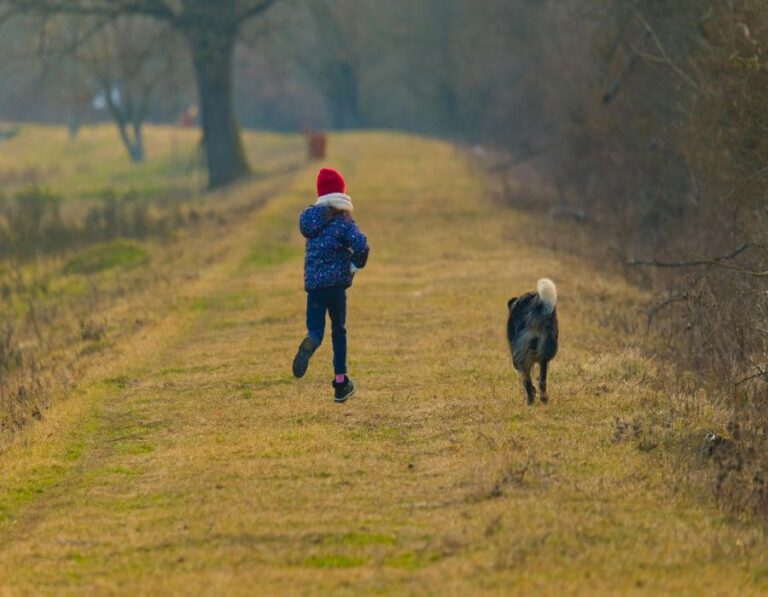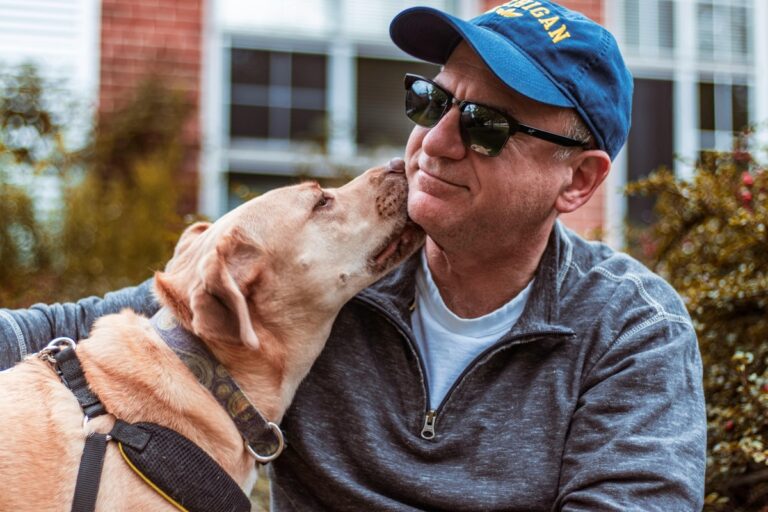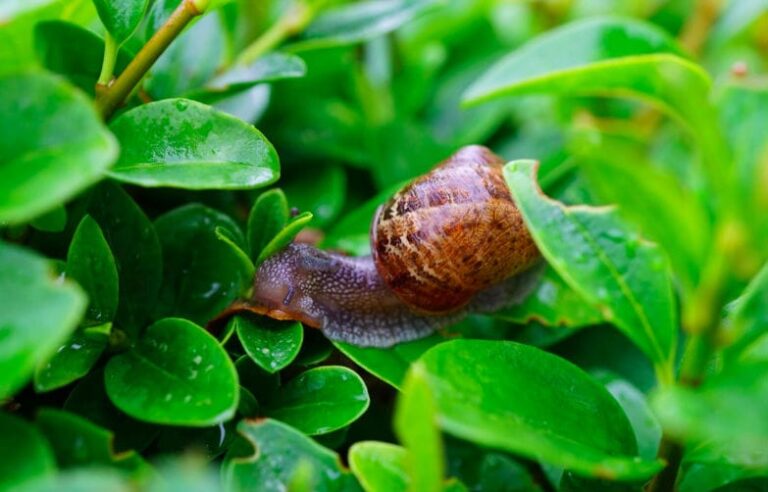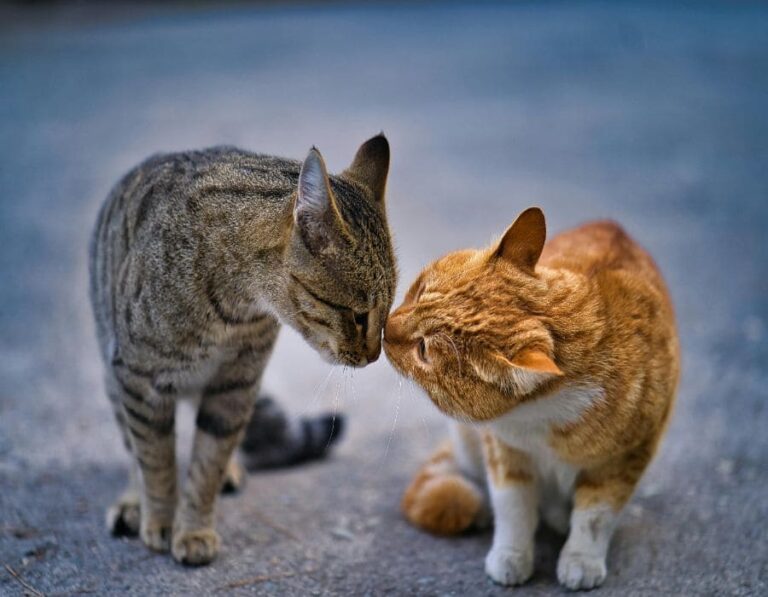13 Dog Breeds That Are Surprisingly Hard to Train
Training a dog requires patience, consistency, and an understanding of their natural temperament. While some breeds pick up commands quickly, others are more stubborn, independent, or easily distracted, making them harder to train. This doesn’t mean they aren’t loving or intelligent—it just means they require a different approach and extra patience.
If you’re considering one of these difficult-to-train breeds, it’s important to know what you’re getting into. Here are 13 dog breeds that are surprisingly hard to train, along with tips on how to work with them.
1. Afghan Hound

Afghan Hounds are graceful, elegant dogs with a reputation for independent thinking. Originally bred for hunting in the mountains, they are highly intelligent but not always eager to obey commands. They prefer to do things their own way, which can make training frustrating.
To train an Afghan Hound, short, positive training sessions work best. They respond well to treats and praise, but they dislike repetitive drills, so keeping training varied and interesting is key.
2. Basenji

Basenjis, often called the “barkless dogs,” are known for their cat-like independence. They are highly intelligent but stubborn, often choosing to ignore commands if they see no benefit.
Since Basenjis get bored quickly, training should be engaging and reward-based. Using a variety of treats and games can keep them interested. Consistency is essential, as they will test boundaries often.
3. Bulldog

Bulldogs are sweet, loving dogs, but they can also be incredibly stubborn. They tend to resist commands, preferring to relax rather than engage in training sessions.
Because they are food-motivated, using high-value treats can help encourage participation. Keeping sessions short and upbeat will prevent them from losing interest.
4. Chow Chow

Chow Chows are aloof, independent, and strong-willed, often compared to cats in their personality. They are not naturally eager to please and can be territorial, which makes training challenging.
Establishing firm leadership from an early age is crucial. Positive reinforcement combined with early socialization can help make them more responsive to commands.
5. Borzoi
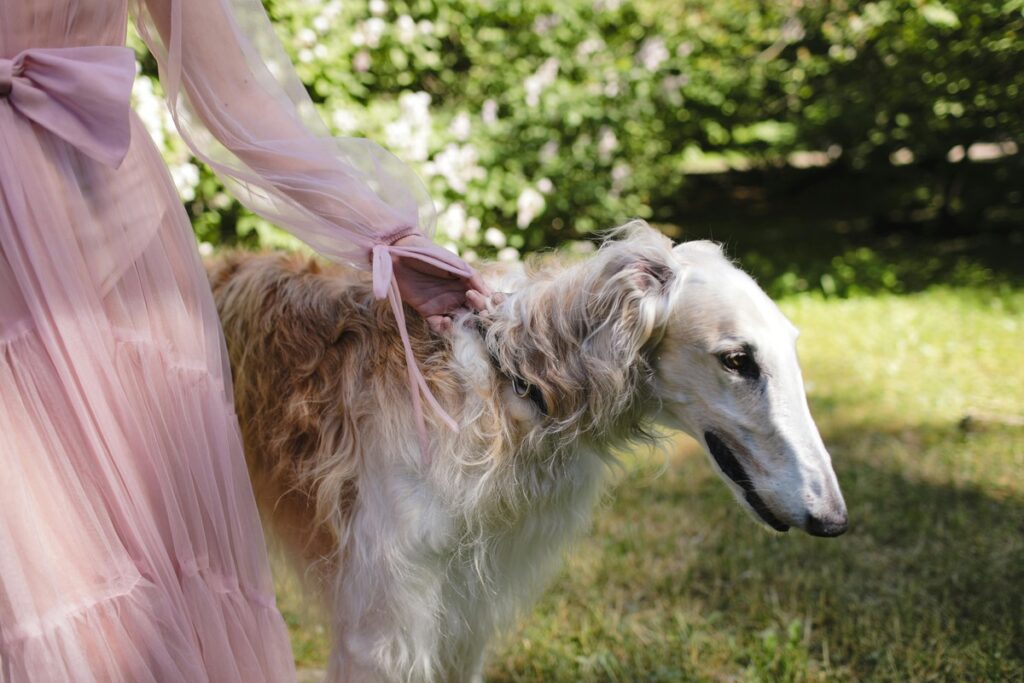
The Borzoi is a gentle, graceful sighthound, but their strong prey drive and independent nature make training difficult. They are bred to chase, and once they take off, they are unlikely to come back when called.
A fenced yard and leash training are essential for Borzois. Training should focus on recall and impulse control, using high-value rewards to keep their attention.
6. Dalmatian
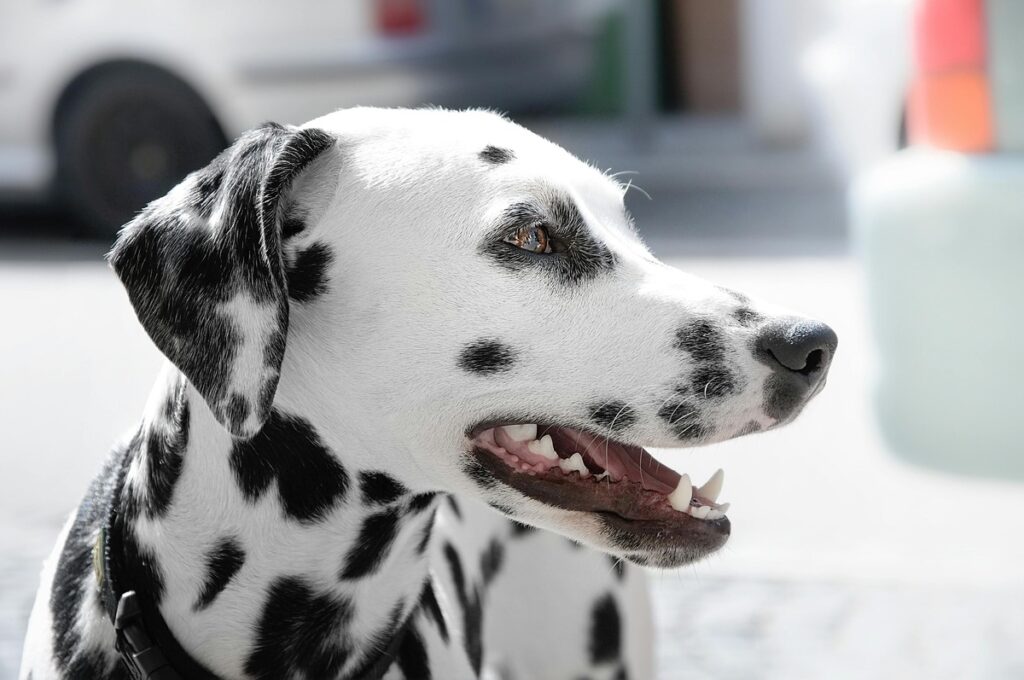
Dalmatians are energetic, intelligent dogs that can be difficult to train due to their stubborn and mischievous nature. They require consistent leadership and mental stimulation to prevent them from ignoring commands.
Since they are highly active, training should include plenty of physical exercise. Interactive games, obstacle courses, and positive reinforcement will help them stay engaged.
7. Jack Russell Terrier

Jack Russell Terriers are brilliant but incredibly stubborn. They were bred for hunting and have a mind of their own, which makes them difficult to control if not trained properly.
Because they are full of energy, they require firm, consistent training with a focus on mental and physical stimulation. Without proper training, they can become destructive.
8. Beagle

Beagles are friendly and affectionate, but they are also scent-driven hounds that easily get distracted by smells. Once they catch an interesting scent, they tend to ignore commands and wander off.
Using scent-based games and reward-driven training can help keep a Beagle focused. Patience is key, as they require consistent reinforcement over time.
9. Pekingese

Pekingese are small but strong-willed dogs that tend to do things on their terms. They are not highly motivated to obey, which makes training slow and sometimes frustrating.
Training should be positive and reward-based, using food and praise to encourage them. Since they can be stubborn, short and engaging sessions work best.
10. Siberian Husky

Siberian Huskies are brilliant, energetic, and independent, which makes them challenging to train. They were bred to work in packs, but they also have a strong sense of independence, often ignoring commands if they feel like it.
They require consistent leadership, early training, and plenty of exercise. Since they are escape artists, recall training and a secure yard are essential.
11. Bloodhound

Bloodhounds are gentle and affectionate, but their powerful noses often override their willingness to obey. If they catch a scent, they will tune out everything else.
Since they are highly food-motivated, treat-based training works best. Keeping training structured and consistent will help, but their instincts to track will always be strong.
12. Scottish Terrier

Scottish Terriers are bold, independent dogs with a mind of their own. They are not naturally obedient, which means training requires firm consistency and patience.
Short, engaging training sessions that use positive reinforcement and clear boundaries will work best. Since they are territorial, early socialization is essential to prevent aggressive behaviors.
13. Lhasa Apso

Lhasa Apsos were originally bred as temple guard dogs, giving them a naturally independent and somewhat stubborn personality. They are known for questioning commands and will only obey if they respect their owner.
To train a Lhasa Apso, it’s important to establish yourself as the leader while keeping training fun and engaging. Since they love praise, reward-based methods work best.
How to Train a Stubborn Dog

Training a stubborn dog requires patience, consistency, and the right approach to keep them engaged. Positive reinforcement is the most effective method, as stubborn breeds are more likely to respond when there’s a clear reward for good behavior—whether it’s treats, praise, or play. Keeping training sessions short and engaging (about 5-10 minutes) prevents frustration and helps maintain their focus.
Since many independent breeds get bored easily, incorporating variety, interactive games, and mental challenges can make training feel like a fun experience rather than a chore. Physical activity is also key—many hard-to-train dogs are high-energy breeds that need plenty of exercise before training to ensure they can focus. Early socialization and consistent leadership help reinforce boundaries, while staying calm and assertive builds trust and respect. While it may take longer for a stubborn dog to master commands, staying persistent, patient, and encouraging will ultimately lead to success.


